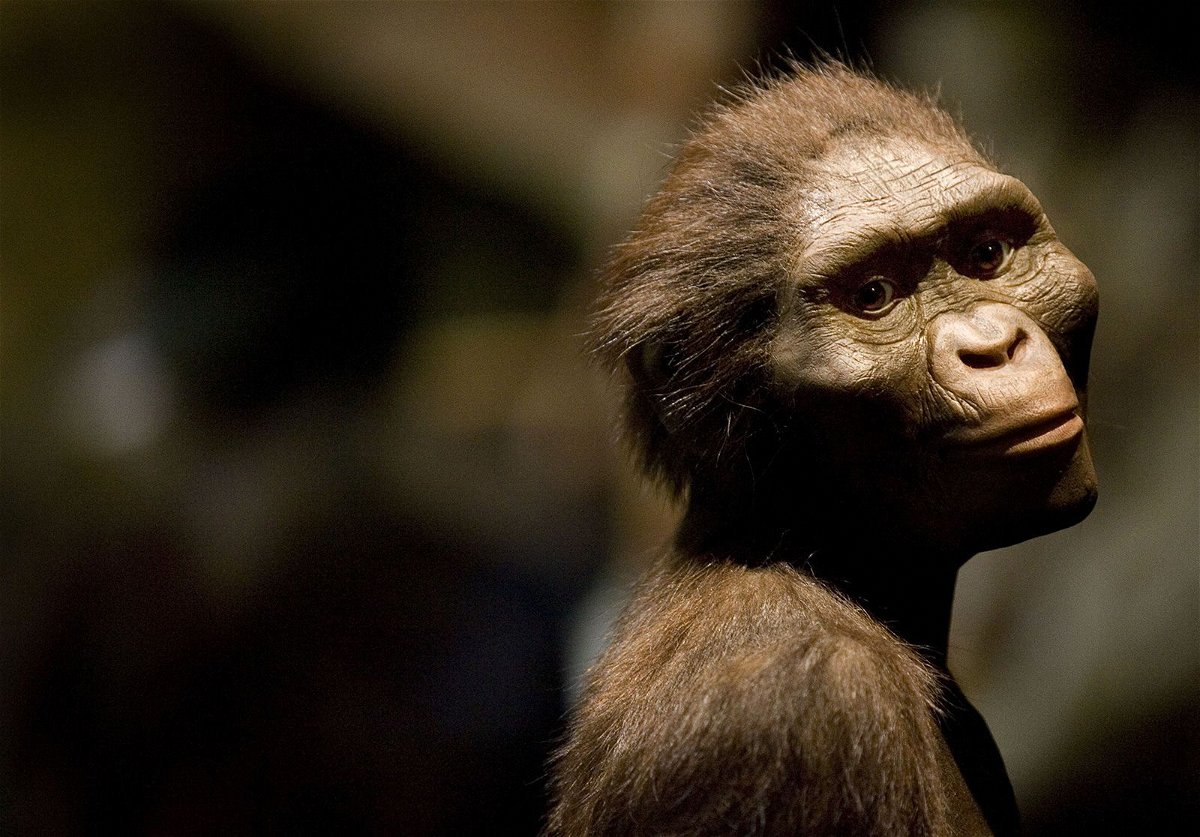The future of medicine may lie in space

Shown here is a sculptor's rendering of Lucy.
By Katie Hunt, CNN
(CNN) — As a journalist, I tend to cover outcomes of the scientific process — a discovery published in a journal or a high-profile award. It’s rare that I get to see the blood, sweat and tears that go into the work.
This month, I spent 10 days as a fellow of the Logan Science Journalism Program at the Marine Biological Laboratory in Woods Hole, Massachusetts. I took part in two experiments: gene-editing zebra fish and sampling the bacteria on my tongue to understand the composition of its microbiome, or microbial community.
Getting hands-on experience with the scientific tools I write about was fantastic and humbling — even using a pipette was frustratingly difficult for a fat-fingered newbie like me. I have a deeper respect for scientists and the work they do, which we aim to celebrate in this newsletter.
Days after I got my first taste of working at a lab bench, a company set forth to prove scientific research can be successfully done in orbit without any humans present.
Look up
The future of medicine may take flight in space.
California startup Varda Space Industries launched its first test mission on June 12, successfully sending a 200-pound (90-kilogram) capsule designed to carry drug research into Earth’s orbit.
The experiment, conducted in microgravity by simple onboard machines, aims to test whether it would be possible to manufacture pharmaceuticals in space remotely.
Research has already established that protein crystals grown in a weightless environment can result in more perfect structures compared with those grown on Earth. These space-formed crystals could potentially then be used to create better-performing drugs that the human body can more easily absorb.
Climate changed
The planet’s coldest, saltiest ocean waters — located in Antarctica — are heating up and shrinking in volume.
This “Antarctic bottom water” plays a crucial role in the ocean’s ability to act as a buffer against climate change by absorbing excess heat and human-caused carbon pollution. The deep waters also circulate nutrients across the ocean.
However, the vital water mass is in decline in the Weddell Sea due to long-term changes in winds and sea ice, according to the British Antarctic Survey, which indicated the trend could have far-reaching consequences for the climate crisis and deep ocean ecosystems.
We are family
Lucy, named for the Beatles song “Lucy in the Sky With Diamonds,” is perhaps the world’s most famous fossil.
Unearthed in Ethiopia in 1974 and representing 40% of a skeleton, the remains revealed an early human relative who lived millions of years before Homo sapiens.
Analysis of the find over the past 20 years has suggested that Lucy and others of her species walked upright. New research by paleoanthropologist Dr. Ashleigh L.A. Wiseman at the University of Cambridge has taken things a step further and recreated a component of this ancient ancestor that didn’t fossilize: her muscles.
Through Wiseman’s computer modeling, researchers were able for the first time to understand the shape and size of Lucy’s muscles and how she used them to move, assessing whether it was like the crouched waddle of an upright chimpanzee or the stance of a human.
Meanwhile, other, more recent fossil discoveries are shaking up what we know about early human migration.
Other worlds
A key chemical building block of life has been found on Saturn’s moon Enceladus. The moon’s ice-crusted ocean may be one of the best bets for finding life in our solar system beyond Earth.
Using data from NASA’s Cassini mission, scientists detected phosphorus in salty ice grains released from Enceladus into space by plumes erupting between cracks in the ice shell. It’s the first time the chemical element has been uncovered in an extraterrestrial ocean.
Phosphorus “is essential for the creation of DNA and RNA, cell membranes, and ATP (the universal energy carrier in cells),” according to Dr. Frank Postberg, a professor of planetary sciences at Freie Universität Berlin. “Life as we know it would simply not exist without phosphates.”
Once upon a planet
A recent discovery of organic compounds in ancient rocks in Australia helps illuminate the early history of eukaryotes: life forms with complex, nucleus-containing cells.
Traces of molecules possibly produced by eukaryotes have suggested these organisms — the infinitesimal ancestors of all plants, algae, fungi and animals (including humans) — were abundant 1.6 billion years ago, much earlier than previously thought.
The proto-steroid molecules left by the early eukaryotes revealed they were adapted to a world very different from modern Earth, an international team of researchers said.
Explorations
Check out these remarkable reads:
— Researchers have created the world’s first synthetic human embryo-like structures from stem cells, bypassing the need for eggs and sperm.
— Want to see next year’s total solar eclipse? Make plans now.
— Orcas are popping up in unexpected places, including off the coast of New England.
— NASA’s Curiosity rover has captured a colorful postcard of Mars.
The-CNN-Wire
™ & © 2023 Cable News Network, Inc., a Warner Bros. Discovery Company. All rights reserved.